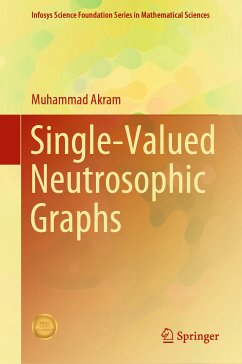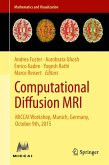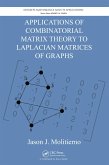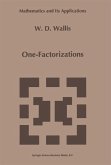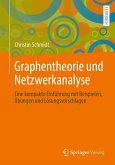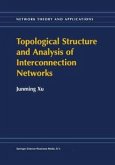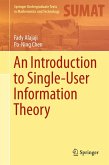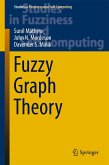This book addresses single-valued neutrosophic graphs and their applications. In addition, it introduces readers to a number of central concepts, including certain types of single-valued neutrosophic graphs, energy of single-valued neutrosophic graphs, bipolar single-valued neutrosophic planar graphs, isomorphism of intuitionistic single-valued neutrosophic soft graphs, and single-valued neutrosophic soft rough graphs.
Divided into eight chapters, the book seeks to remedy the lack of a mathematical approach to indeterminate and inconsistent information. Chap. 1 presents a concise review of single-valued neutrosophic sets, while Chap. 2 explains the notion of neutrosophic graph structures and explores selected properties of neutrosophic graph structures. Chap. 3 discusses specific bipolar neutrosophic graphs. Chap. 4 highlights the concept of interval-valued neutrosophic graphs, while Chap. 5 presents certainnotions concerning interval-valued neutrosophic graph structures. Chap. 6 addresses the concepts of rough neutrosophic digraphs and neutrosophic rough digraphs. Chap. 7 focuses on the concepts of neutrosophic soft graphs and intuitionistic neutrosophic soft graphs, before Chap. 8 rounds out the book by considering neutrosophic soft rough graphs.
Dieser Download kann aus rechtlichen Gründen nur mit Rechnungsadresse in A, B, BG, CY, CZ, D, DK, EW, E, FIN, F, GR, HR, H, IRL, I, LT, L, LR, M, NL, PL, P, R, S, SLO, SK ausgeliefert werden.
Es gelten unsere Allgemeinen Geschäftsbedingungen: www.buecher.de/agb
Impressum
www.buecher.de ist ein Internetauftritt der buecher.de internetstores GmbH
Geschäftsführung: Monica Sawhney | Roland Kölbl | Günter Hilger
Sitz der Gesellschaft: Batheyer Straße 115 - 117, 58099 Hagen
Postanschrift: Bürgermeister-Wegele-Str. 12, 86167 Augsburg
Amtsgericht Hagen HRB 13257
Steuernummer: 321/5800/1497
USt-IdNr: DE450055826
Bitte wählen Sie Ihr Anliegen aus.
Rechnungen
Retourenschein anfordern
Bestellstatus
Storno

